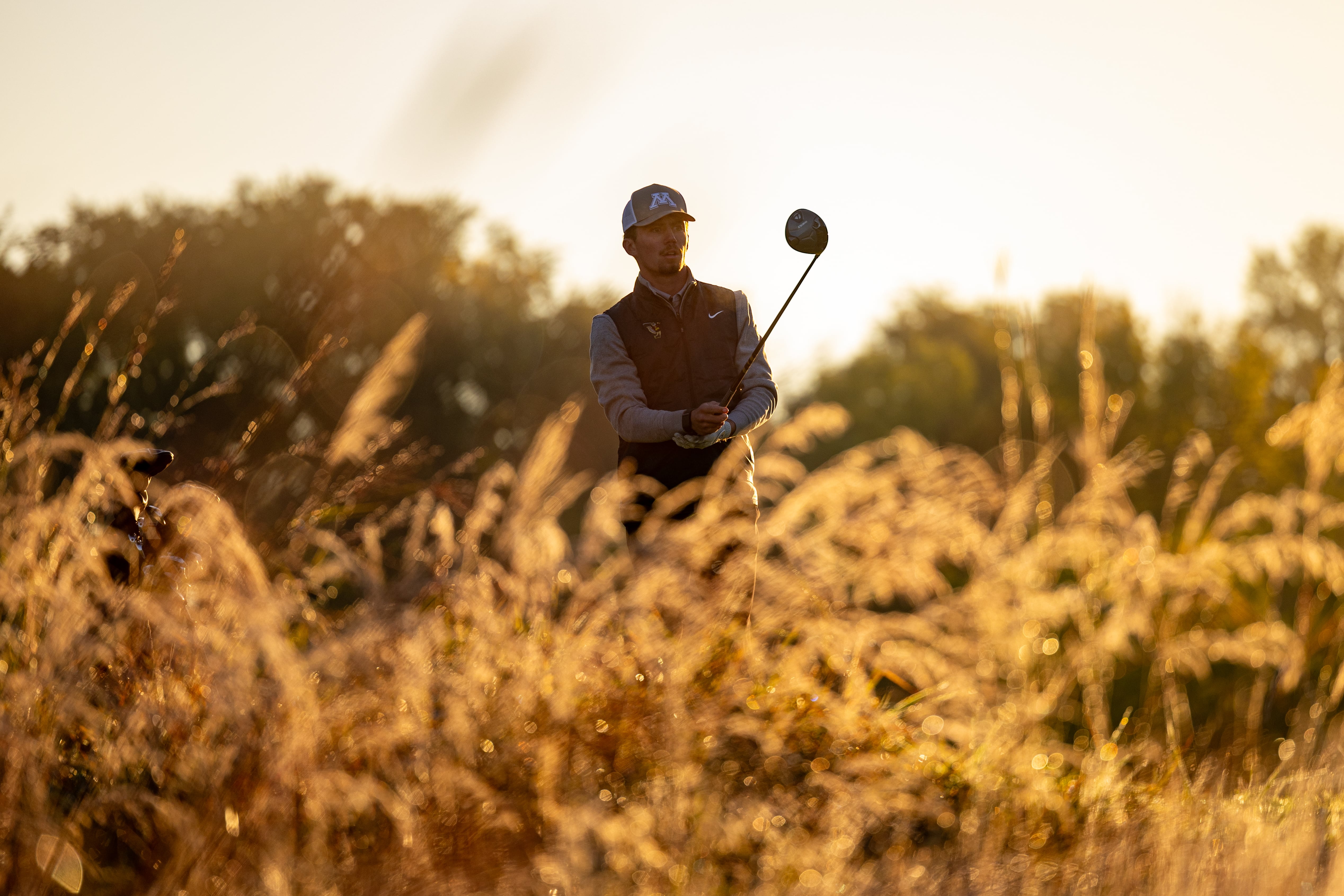Insights
.png)
The width of fairway landing areas and the length and severity of the rough at Marco Simone point firmly to Luke Donald and his vice-captains sticking to a tried and tested formula. But does the data support the theory?
In the 2018 Ryder Cup matches, Le Golf Nationale in Paris placed a high premium on driving accuracy. The course set-up played to Team Europe’s strengths, contributing to a resounding 17.5 to 10.5 victory for the home side.
“When you're the home team, you are looking for those fine margins to give you an advantage," confirms Dave Sampson, Lead Architect on the major redesign of Marco Simone for the 2023 matches. "That formula is something that Ryder Cup Europe and the captain are looking to use again.”
Luke Donald has overseen what Sampson describes as a “slight narrowing of fairways on some of the holes and tweaks to a couple of bunkers”. The architect suspects that many players will still default to hitting driver but with the fairways narrowing to between 18 and 22 yards at the 290-yard mark, punishment awaits those who fail to find the short grass.
“When you're the home team, you are looking for those fine margins to give you an advantage"
“Finding the fairway on every hole is imperative,” Sampson continues. "Players will have very little control coming out of the rough, which is very tough. It’s much more consistent [than it was a few weeks ago] but that said it’s still pretty juicy inside the rope lines. It comes back to that point of a premium on driving the ball accurately.”
We’ve looked at driving data dating back to September 2022 and split it into three buckets – 0-250 yards (long irons and hybrids); 250-290 yards (3-woods); and 290 yards and over (driver). As our graphic shows, the European team still has a slight statistical advantage over their American counterparts in terms of driving accuracy, but how much of an advantage will it be?

The safer option of laying back from the tee offers considerably more fairway width but longer second shots into greens. Sampson suggests players might have decisions to make when teeing off on holes 1, 3, 6, 10 and 12.
The most commonly hit approach shots at Marco Simone in the last two Italian Opens have been played from between 180 and 220 yards, both from the fairway and the tee. It's telling that Europe has 8 of the top 10 performers from both sides, including all of the top six in Aberg, Hovland, Rahm, McIntyre, Straka and Fleetwood.
This pattern is reversed when looking at approach shots from the fairway in the 140-160-yard range, where the USA have six of the top eight performers, including the top three in Morikawa, Cantlay and Scheffler.
"If you miss the fairway you're going to do well to get a par"
The first hole at any Ryder Cup comes with its own unique pressure, and the opener at Marco Simone will be no different with the tee overlooked by a huge grandstand that holds around 5,000 spectators.
"Taking the nerves aside, it's quite similar to the experience that the players are going to have throughout the round," says Sampson. "The fairway area where these guys hit the ball is pretty narrow. In terms of difficulty, it's a stroke eight or nine. It's not like you've got to hit the perfect shot but if you miss the fairway you're going to do well to get a par."
.png)
Sampson is particularly interested in seeing how the players tackle hole 3, a par 4 of 453 yards that doglegs from left to right. A long iron or hybrid leaves a longer second shot of around 180-190 yards with a clear view of the green. Those who take on the dogleg with the driver will be trying to find an elusive fairway that pinches in and leaves an approach from below the level of the green.
The pin placement on the 381-yard par-4 6th hole could be a contributing factor in deciding strategy from the tee. A front pin protected by a big false front to the green could deter players from hitting the driver for the simple reason they will not want to be left with a fiddly and potentially high tariff shot in of 60-70 yards.
The uphill par-4 10th measures 453 yards. Players can choose to take on the dogleg but will need to be accurate, otherwise a long iron to the left side of the fairway leaves a mid iron to the green.
.png)
On the downhill, par-5 12th, which doglegs from right to left, a safer line to the right of the fairway calls for the 3-wood whereas the tiger line brings the rough on both sides into play, as well as the fairway bunkers on the left.

While Team Europe includes a host of long and accurate drivers of the ball, it looks like Captain Donald will be hoping to tempt the Americans into making mistakes while banking on his players' superior pedigree on longer iron shots.
Europe still has a slight edge in terms of accuracy. The course set-up points to Luke Donald believing it’s a fine margin that might just enable Team Europe to extend its long unbeaten run at home.
Get tour level data insights on your game. Sign up to Clippd today with a free 30-day trial

.png)







.jpg)
.svg)